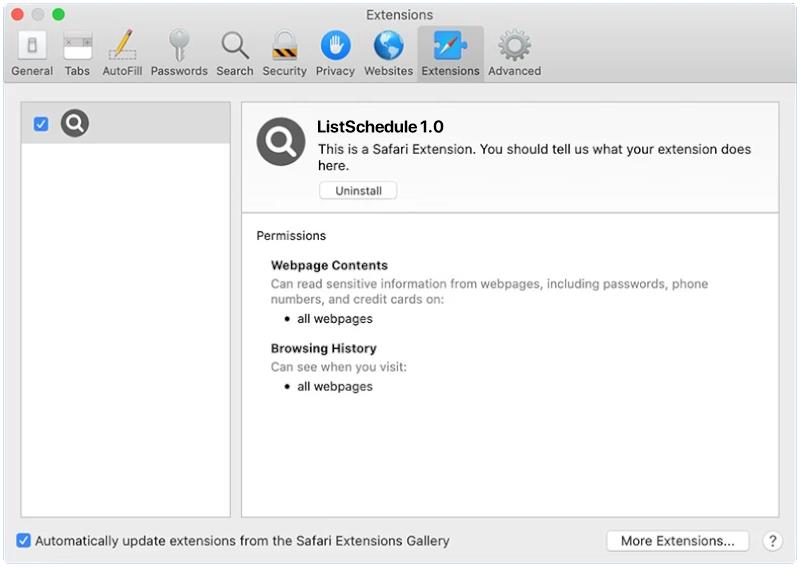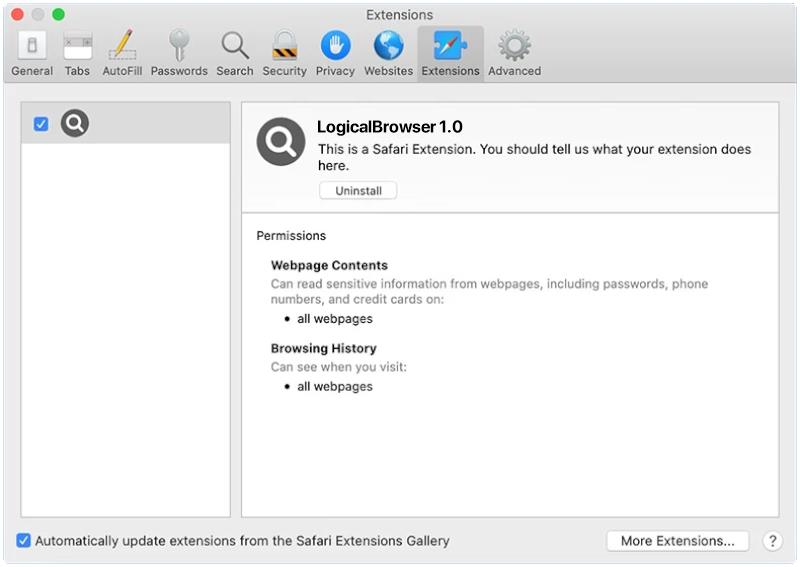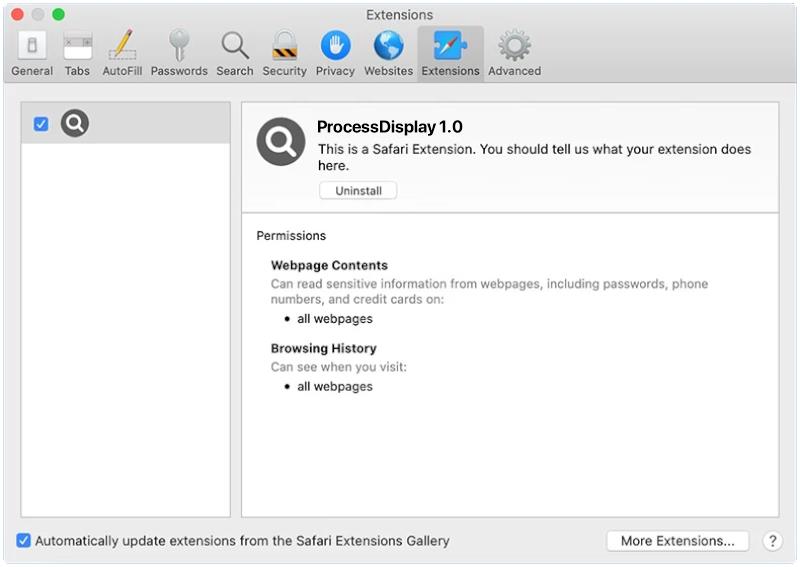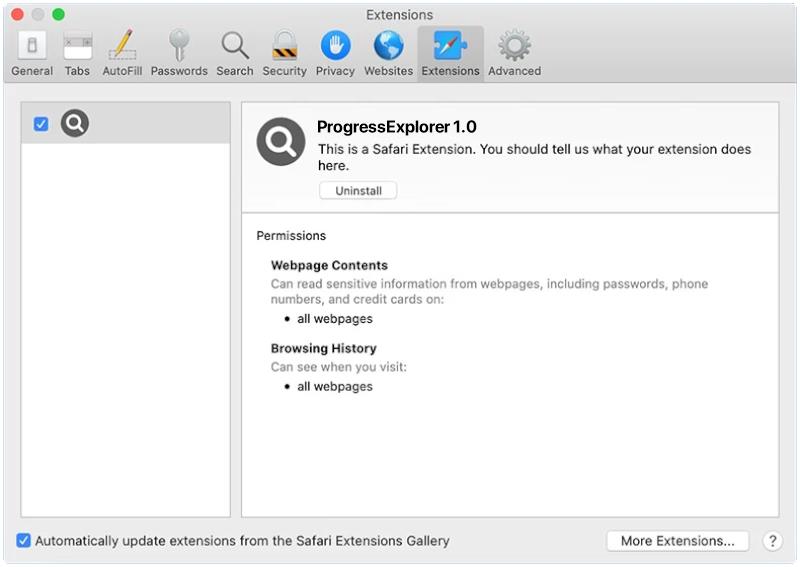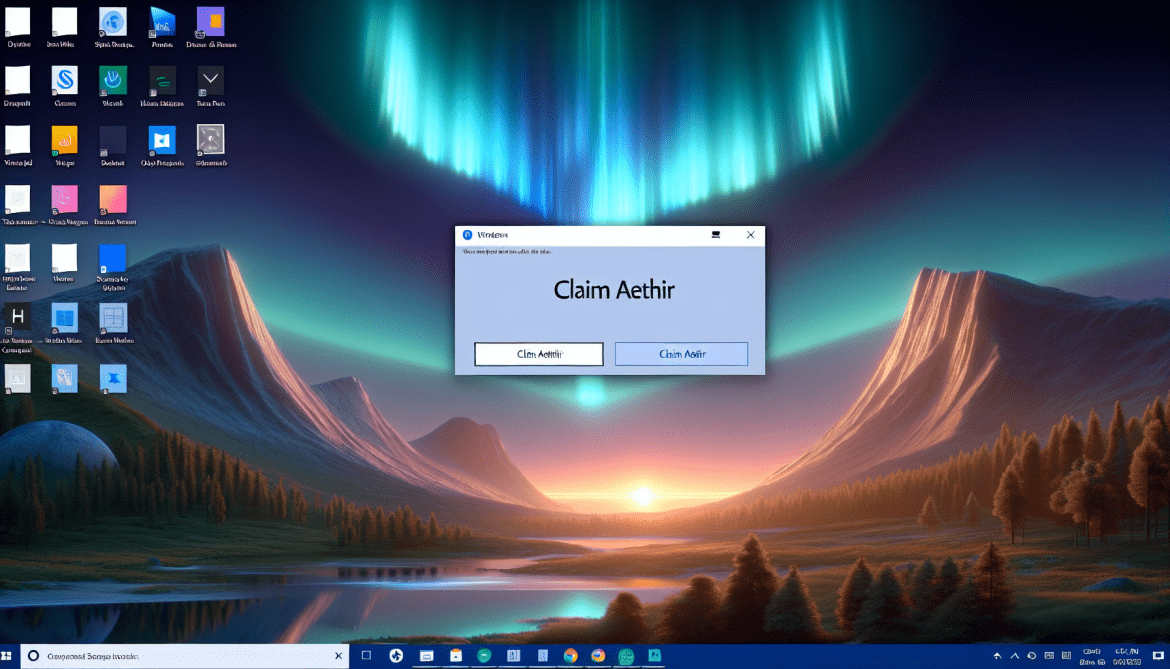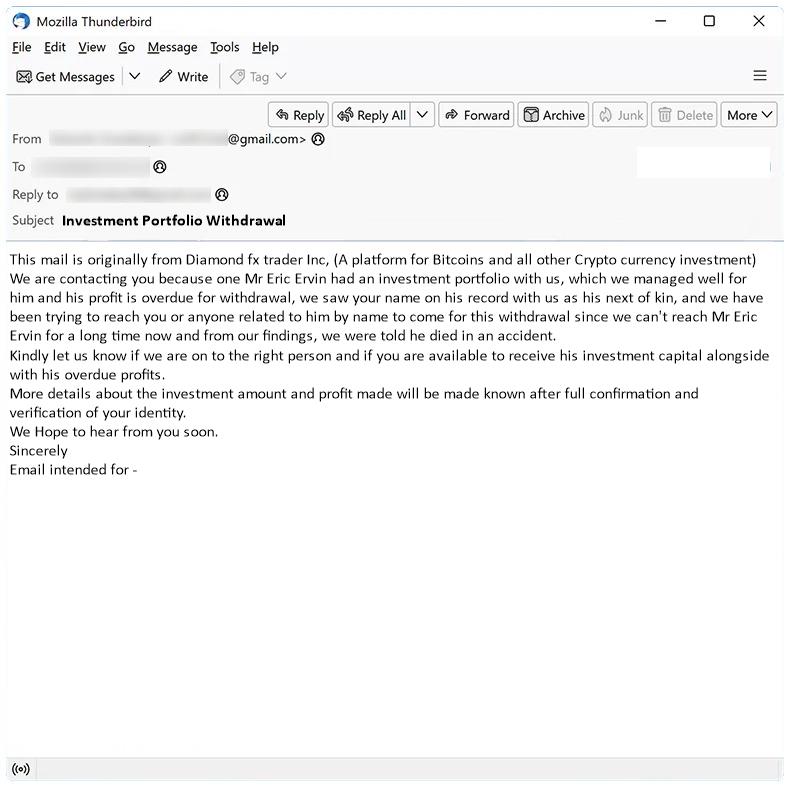Investment Portfolio Withdrawal email spam is a type of scam where cybercriminals send out emails pretending to be from legitimate investment firms or financial institutions. The emails typically claim that the recipient needs to withdraw funds from their investment portfolio for various reasons such as account maintenance or security updates.
These spam emails may contain links or attachments that, when clicked on or downloaded, can infect the recipient’s computer with malware or ransomware. This can result in the theft of sensitive financial information, loss of funds, or even complete control of the victim’s device by the cybercriminals.
Interacting with Investment Portfolio Withdrawal email scams can pose several risks, including:
1. Financial loss: If recipients provide personal information or access to their accounts in response to the scam, they may become victims of identity theft or financial fraud.
2. Malware infection: Clicking on links or downloading attachments in the spam emails can result in the installation of malicious software on the recipient’s computer, compromising their data and privacy.
3. Phishing attacks: Scammers may use the information obtained from victims to conduct further phishing attacks or targeted scams, putting the victim at risk of further financial loss or identity theft.
To protect yourself from Investment Portfolio Withdrawal email spam, it is important to be cautious of unsolicited emails requesting sensitive information or actions. Always verify the legitimacy of the sender before responding to any requests for personal or financial information. Additionally, ensure that your computer has up-to-date antivirus software to detect and prevent malware infections from malicious emails.
Read more



